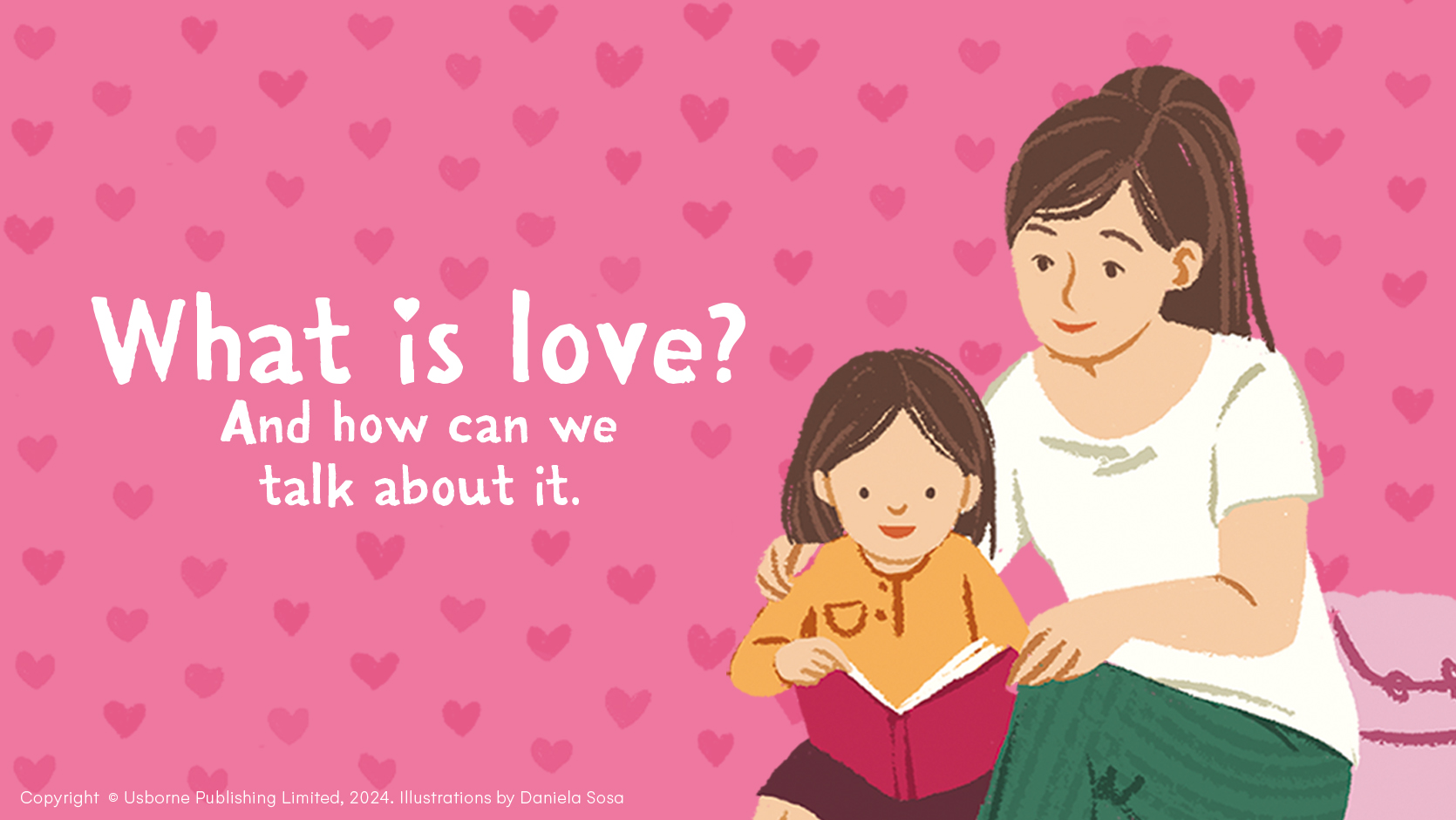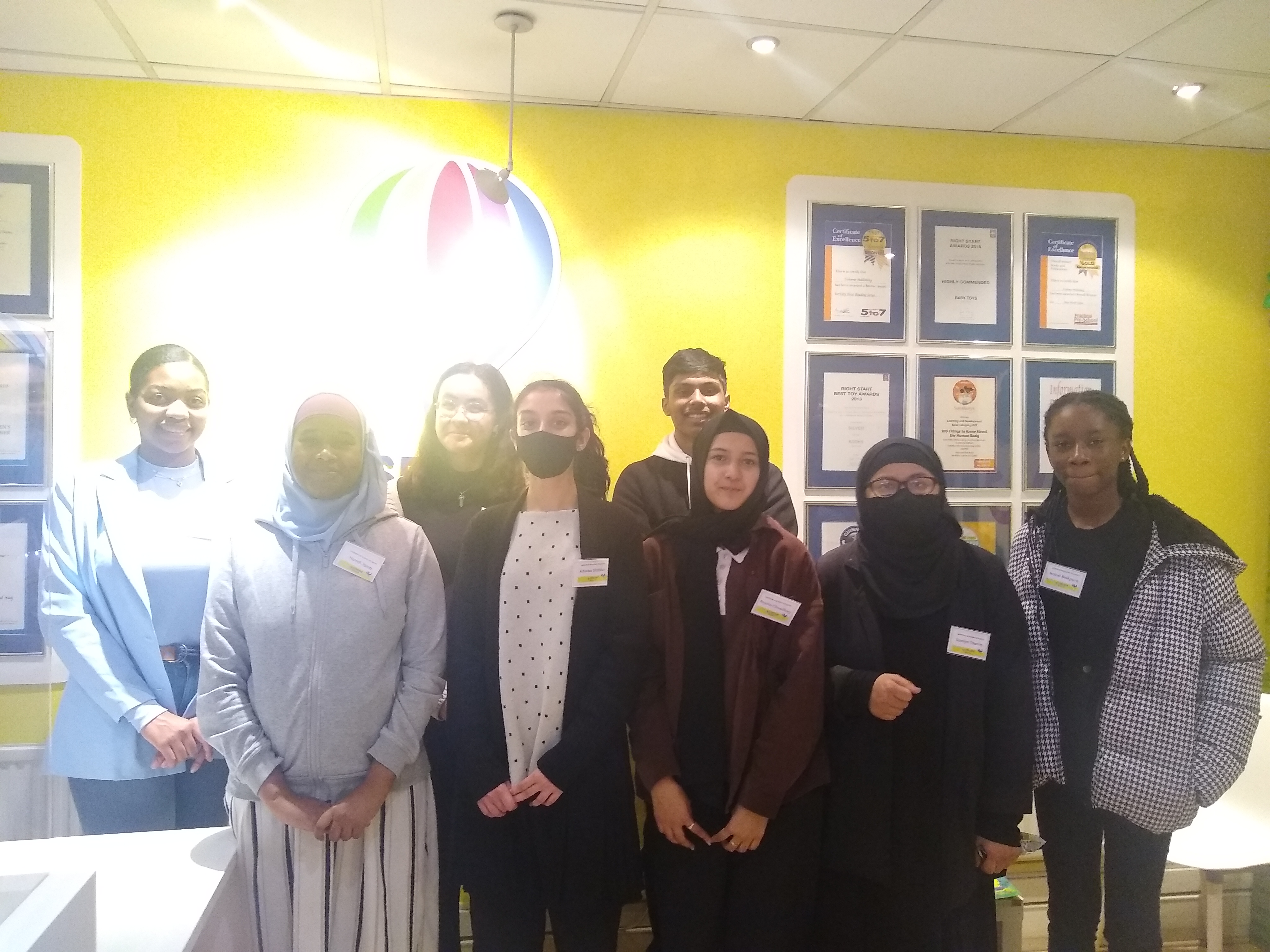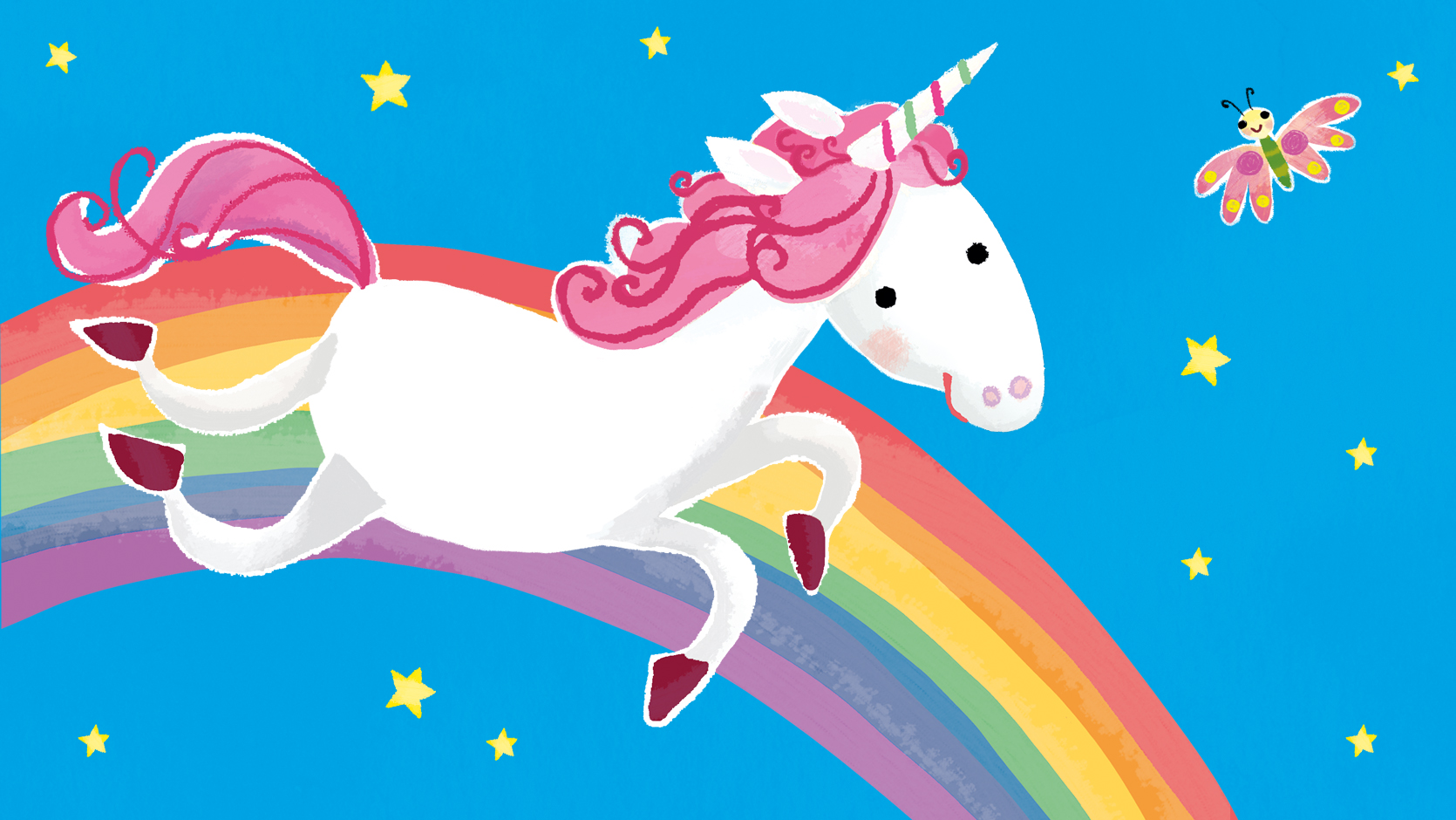- Behind the scenes at Usborne
Rediscovering brave and brilliant girls in traditional fairy tales
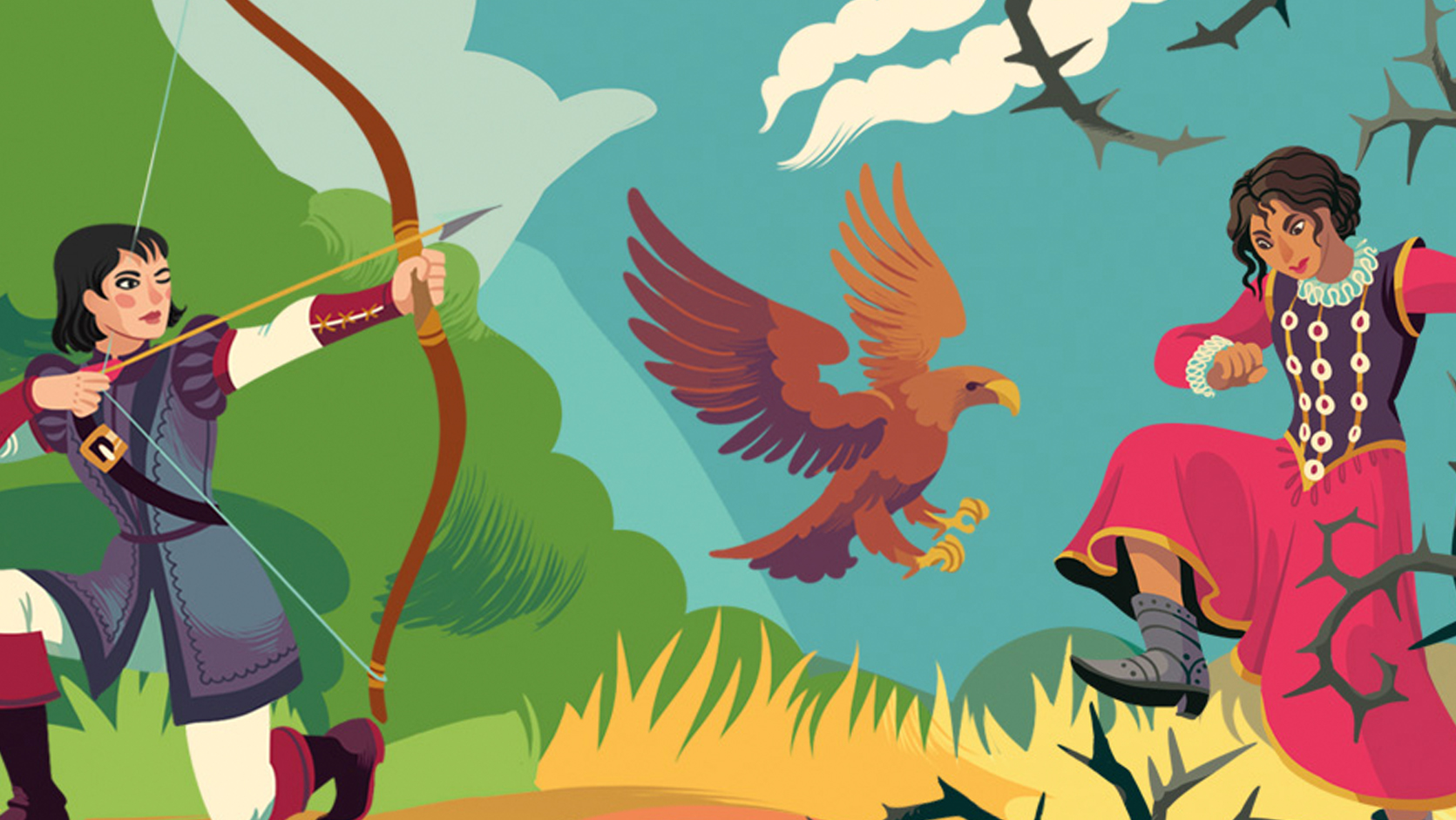
Forgotten Fairy Tales of Brave and Brilliant Girls is published in September 2019, with a foreword by Kate Pankhurst. Its editor Lesley Sims explains why these empowering stories were forgotten, and how Usborne rediscovered and retold them for a new generation.
Fairy tales fire our imaginations. They can shape our understanding of the world and our expectations for our lives. A fairy tale that stays with you can make you see the world in a whole new way. But nearly all of our most famous fairy tales, such as Cinderella, Snow White and the Seven Dwarfs or Sleeping Beauty, have heroines waiting to be rescued and heroes riding in to save the day. This wasn’t always the case, but somehow the tales with brave and brilliant girls have been forgotten in favour of stories with dashing princes. We wanted to reset the balance.
Why were they forgotten?
For thousands of years, fairy tales were told orally, dancing across borders and down the generations, changing to suit the places and times of the teller. Then in 17th century Europe, people began to write down the stories in collections and the tales took on a more solid form.
Once again, the tales were retold to suit their times but now the ideals of those times were fixed within them, pinned to the page with the stories. In France, it became the fashion among the upper class for fairy tales to be told in a witty, conversational style to amuse adults.
Many of the storytellers were female – Madame d’Aulnoy, Madame de Villeneuve, the Comtesse du Murat to name just three – and they often wrote about bold heroines trying to escape the conventions of their age. But these women and the collections they published are now largely unknown. Instead, it is Charles Perrault, writing around the same time, whose collection became famous. Stories from Times Past with Morals: Tales of Mother Goose has retellings of the stories everyone knows: Sleeping Beauty, Little Red Riding Hood, Puss in Boots and Cinderella, or The Little Glass Slipper.
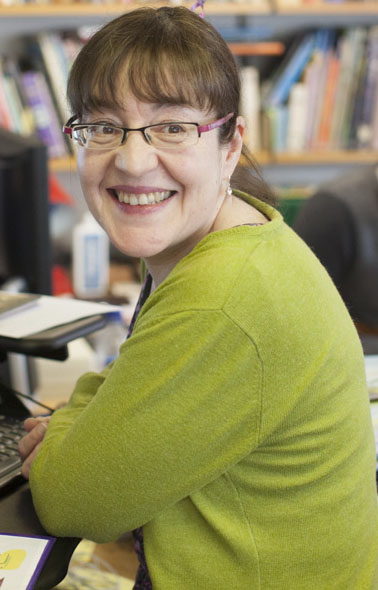
Lesley Sims, Editor of Forgotten Fairy Tales of Brave and Brilliant Girls
Who can say why the male writer flourished and the female writers are largely forgotten? Possibly because the female writers' more elaborate style of writing, and much longer stories, fell out of favour, while Perrault, writing for his children, had a friendlier and simpler style. What is certain is that Perrault’s heroines on the whole are not bold, but weak and helpless.
Two centuries later, the Brothers Grimm, Hans Christian Andersen and Andrew and Nora Lang, among others, published their own collections. These stories had a mix of heroes and heroines, yet like the female authors two hundred years before, the strong, independent heroines faded from view. Perhaps readers of the 19th century preferred their children’s stories to reflect their world with its male dominance. Whatever the reason, as tales such as Cinderella and Snow White and the Seven Dwarfs became famous, they overshadowed all the others. There could be room for only one princess in a tower. Rapunzel loomed over The Nettle Princess like a skyscraper over a gingerbread cottage. The brave and brilliant girls were hidden from view.
Finding the stories
The stories we have chosen for our collection are all existing fairy tales, bursting with brave, daring girls who rescue princes, go on adventures, fight with giants and climb impossible mountains. To research the stories, the writers spent weeks delving into dusty old story collections and tracing different versions of each tale. As one of the writers, Rosie Dickins, explains: “It is important to have several sources for a retelling, so you can see the underlying shape of the story, and what has been added (or taken away) by the authors before you.”
For The Sleeping Prince the author, Andy Prentice, says:
“I was really lucky to dig out a nineteenth century Spanish version to adapt, which contained loads of great details. The French version, which was more famous, had been tidied up a bit and lost a bit of magic...”
In Andy’s version of The Sleeping Prince, adapted from “El rey durmiente en su lecho”, he gave the princess (who rescues an enchanted prince), the gift of telling wonderful stories.
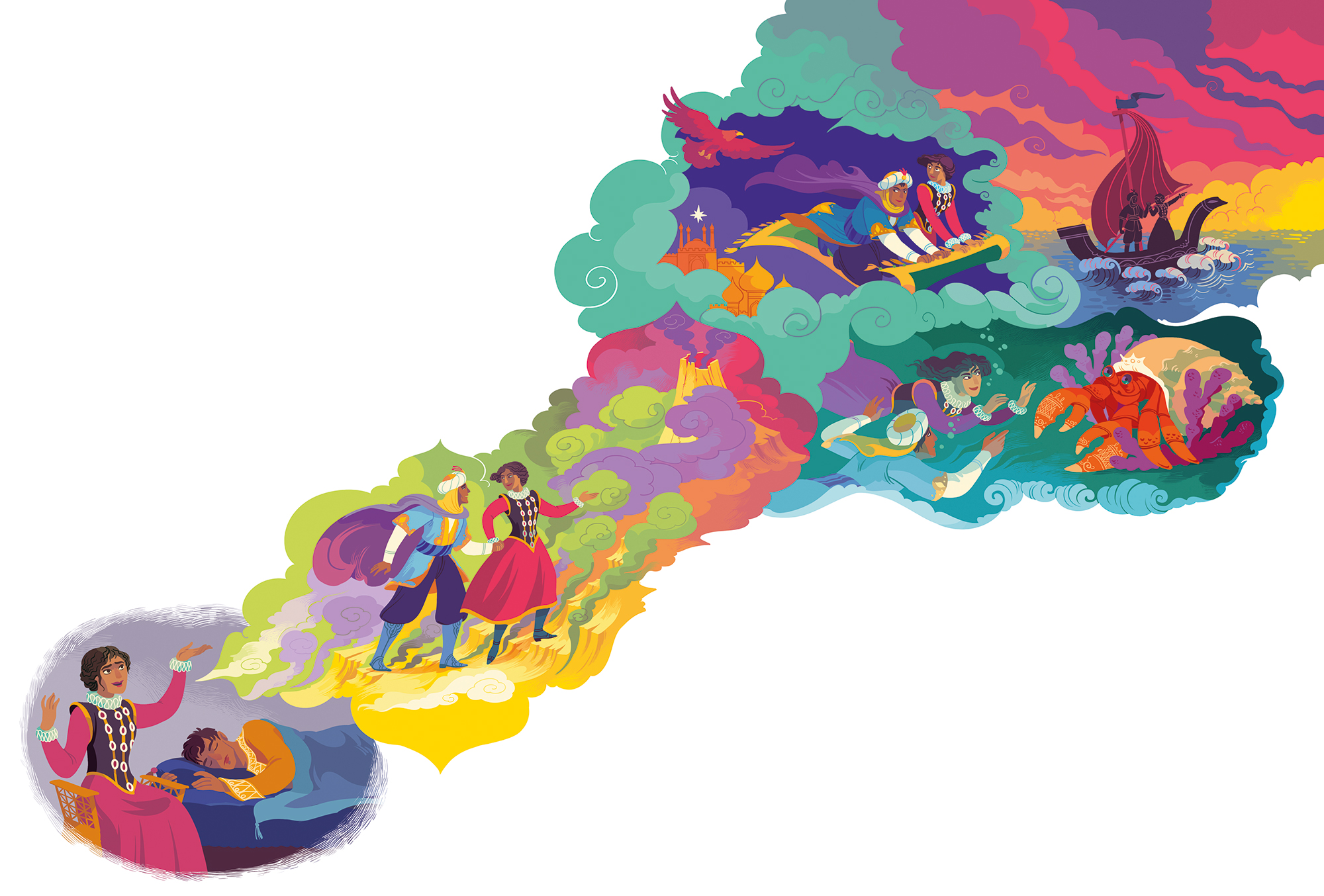
So she did what she always did. She began to tell a story to pass the time... She imagined that she and the Prince were setting off on a grand adventure.
Zanna Davidson, who wrote Snow White and Rose Red, commented:
“I remembered the fairy tale from childhood, and always felt it was unfair that it was less popular than the classics... I loved how in this fairy story, it was the two girls who rescued the prince. For the other re-tellings, I looked back through the tales collected by Andrew Lang and the Brothers Grimm and was amazed that there, hidden away, were more fairy tales with women who save the day.
"During my research, I was also fascinated to discover that Andrew Lang’s wife, Nora, was instrumental in editing, translating and retelling large parts of the fairy tales in the ‘Fairy Books’. Like our fairy tales, she too seems to have been forgotten, so we made sure she was credited in our retellings.”
Zanna’s version of Snow White and Rose Red is based on The Ungrateful Dwarf, which was retold by the Brothers Grimm from an earlier story by the female author, Caroline Stahl.
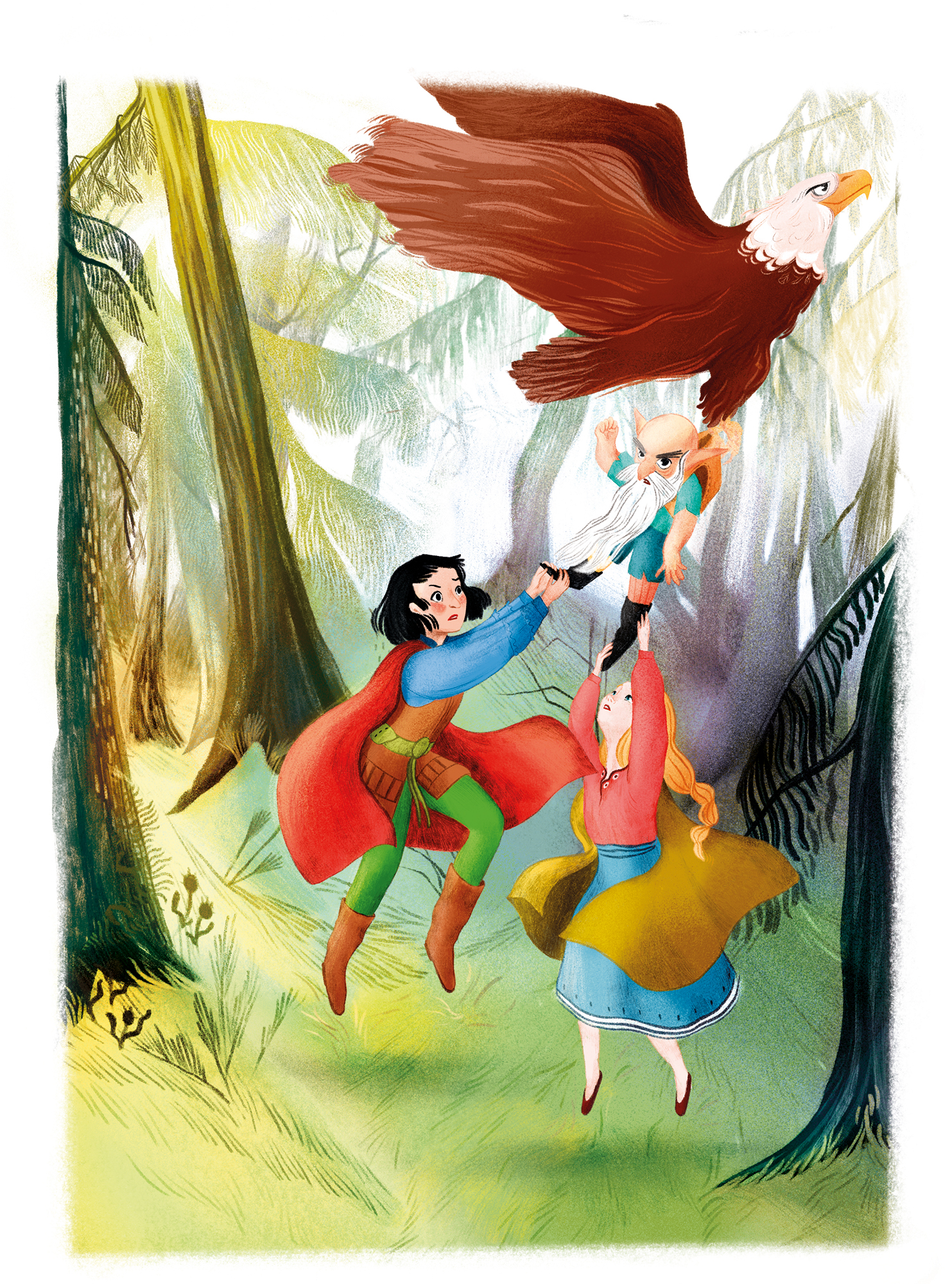
...Rose Red leaped up and grabbed the goblin by the foot, but still the eagle wouldn’t let go. Snow White took hold of the other foot and for a moment all three were lifted off the ground.
Stories for our times
Our work excavating these forgotten tales highlights the shifting attitudes towards women and the importance of their stories. The reason for the stories being forgotten (at least by popular culture) and coming back into the mainstream surely says a great deal about changing attitudes to women and their role in society. We hope our empowering collection will inspire a new generation of readers to be brave and brilliant too.

